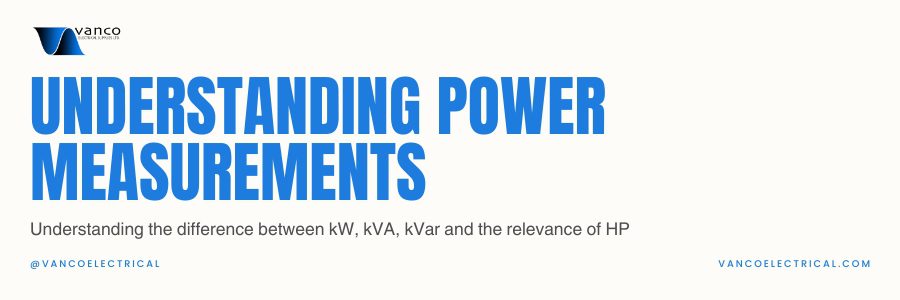Introduction

kVA, or kilovolt-ampere, isn’t just another jargon in the electrical world — it’s a crucial metric for power systems. But what exactly does it mean? Think of it as the total power in use within a system, encompassing both what’s actively being used (kW) and what’s sitting idle (kVAR).
What is kVAR?
kW is equal to kVA in a perfect world. But efficiency isn’t always at 100%. So, what’s kVAR then?
It’s reactive power. The energy waiting in the wings which is not yet converted into useful work.
Power Factor
Ever heard of power factor? It’s the efficiency rating of a system, a measure of how well kVA is turning into usable kW. A power factor closer to 1 means better efficiency.
How Do They All Relate?
Simple: kVA = kW + kVAR. And to find power factor, just divide kW by kVA.
Analogy

Still scratching you head? Let’s simplify. Picture a pint of beer. The liquid quenches your thirst (kW), while the foam, though necessary, doesn’t contribute much (kVAR). The better the pour, the more beer (kW), less foam (kVAR) — just like a more efficient generator!
Relating kVA to Horsepower (HP)
While kVA measures electrical power, HP is all about mechanical power, often tied to the power output of motors and machinery. kVA and HP conversions are a common task in the world of electrical engineering, bridging the gap between electrical and mechanical fields.

